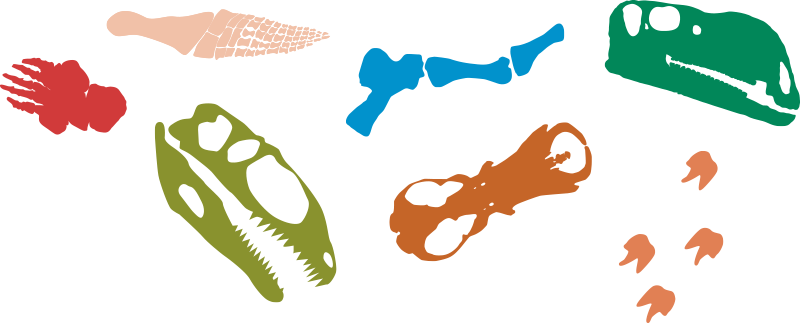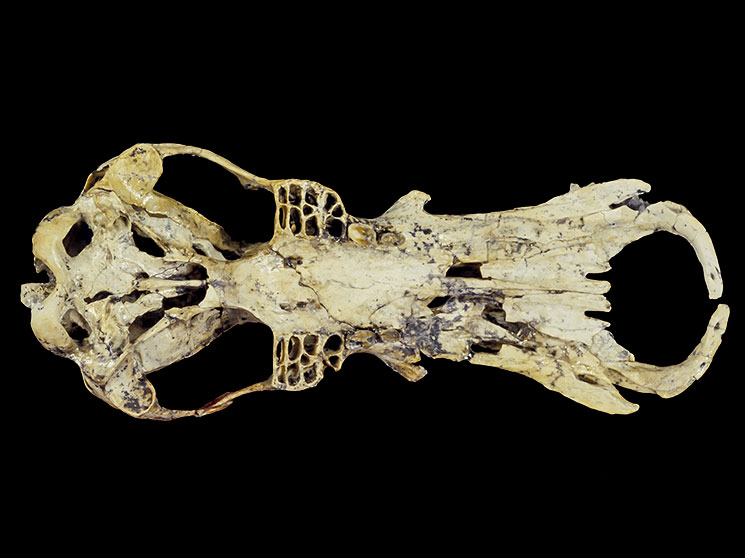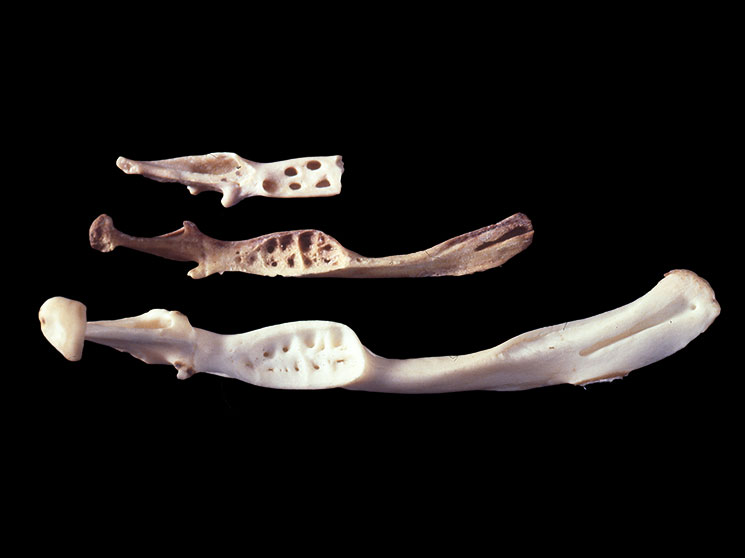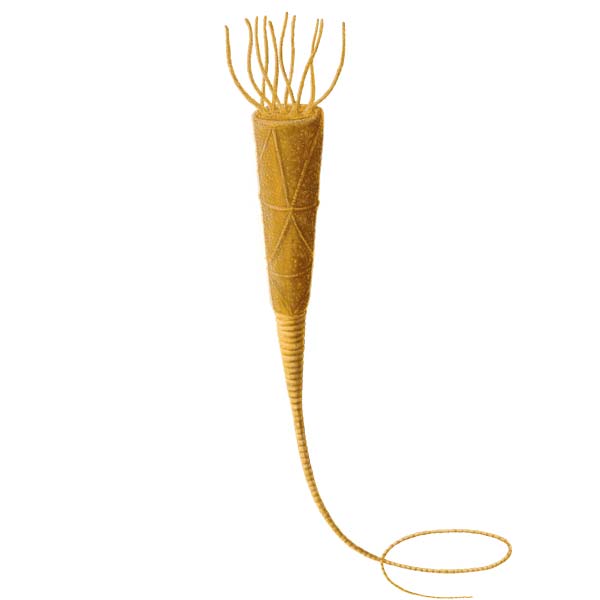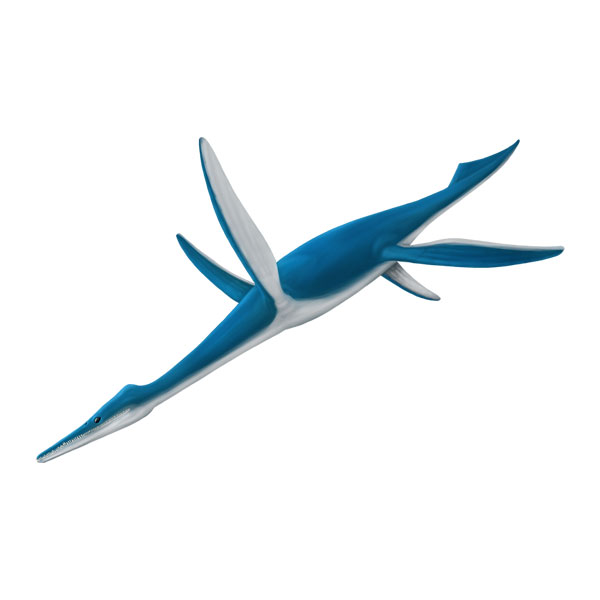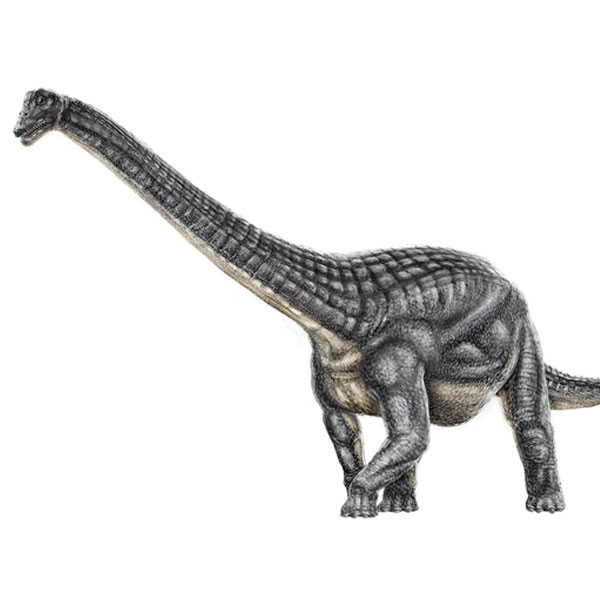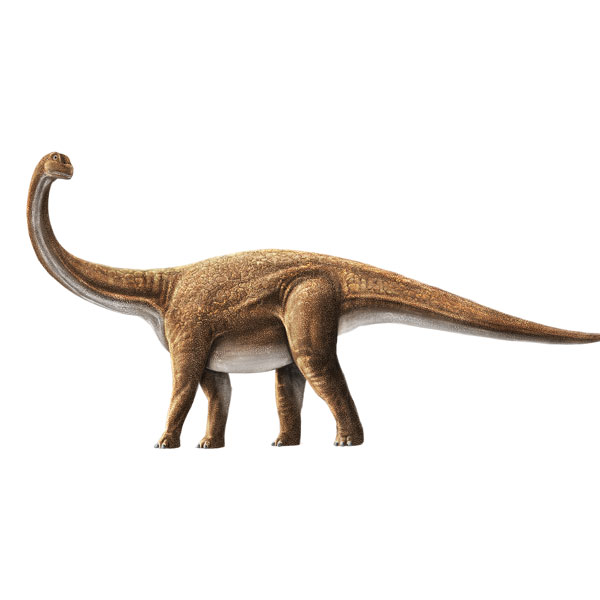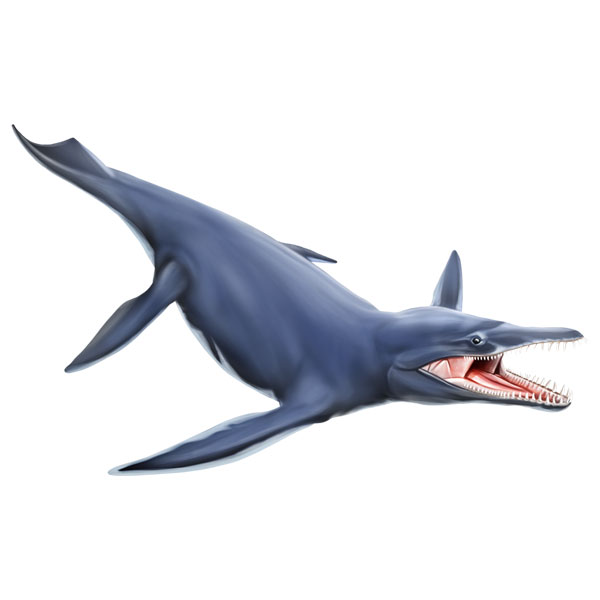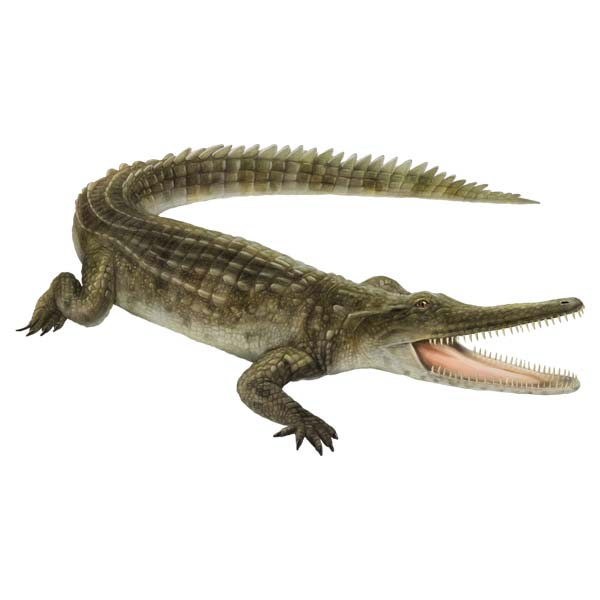Obdurodon dicksoni
Ancient platypus with teeth

I had a set of small molars that were used to crush prey, like yabbies and aquatic insects. This is remarkable for a platypus, as the modern platypus lacks teeth as an adult, although puggles (young platypuses) have teeth for a short time.
Fossil teeth of monotremes (the group that includes modern platypuses and echidnas) have been found in rocks dating back to the Cretaceous period, but as my skull is beautifully preserved and relatively complete , it has provided insights into how the platypus skull evolved.
My skull was found in Riversleigh World Heritage Area, north-west Queensland, where the Traditional Owners are the Waanyi people. My fossil was found by University of New South Wales staff and volunteers. I have only been found in Queensland.
You can find a replica of me at the Riversleigh Fossil Discovery Centre in Mount Isa.


